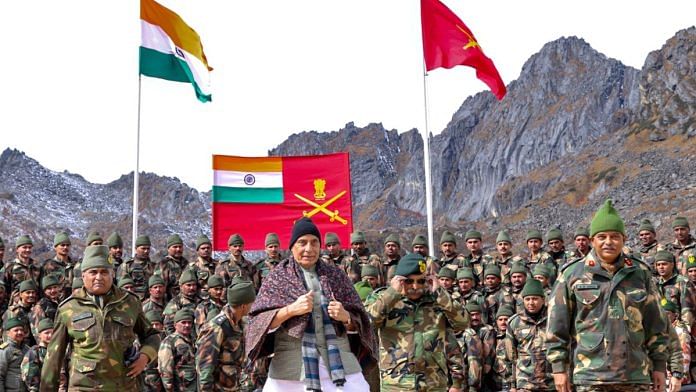A ll around him, the missionary Ippolito Desideri of Pistoia would remember, as he journeyed through the Depsang plains early in the eighteenth century, there was “arid, barren desolation and horror”. The bleached bones of men and animals littered the landscape, left behind by the thousands of merchants who made their way to Lhasa each summer to buy a special kind of wool, “very white, very long, and extraordinarily fine”. Kashmir’s shawls were spun from this wool and the lives that were sacrificed on the passes across the mountains.
French women, one contemporary account records, were warned against wearing Kashmiri shawls before they married for fear of leading suitors “to believe that they are possessed of an unbridled love of luxury”. Earlier this week, China and India said they had reached an agreement to disengage troops who have been facing off for four years along the very path Ippolito traversed. Although both China and the Ministry of External Affairs have shared no details on the terms of the agreement, External Affairs Minister S Jaishankar has said it means “we have gone back to where the situation was in 2020”.
That means Indian patrols should now be able to head west to an arc of positions just east of the Line of Actual Control in Depsang, known as Patrol Points 9, 10, 11, 11A, 12, and 13. The People’s Liberation Army had blocked access to the points, halting Indian patrols at a rock outcrop called Bottleneck, east of India’s military out.


















